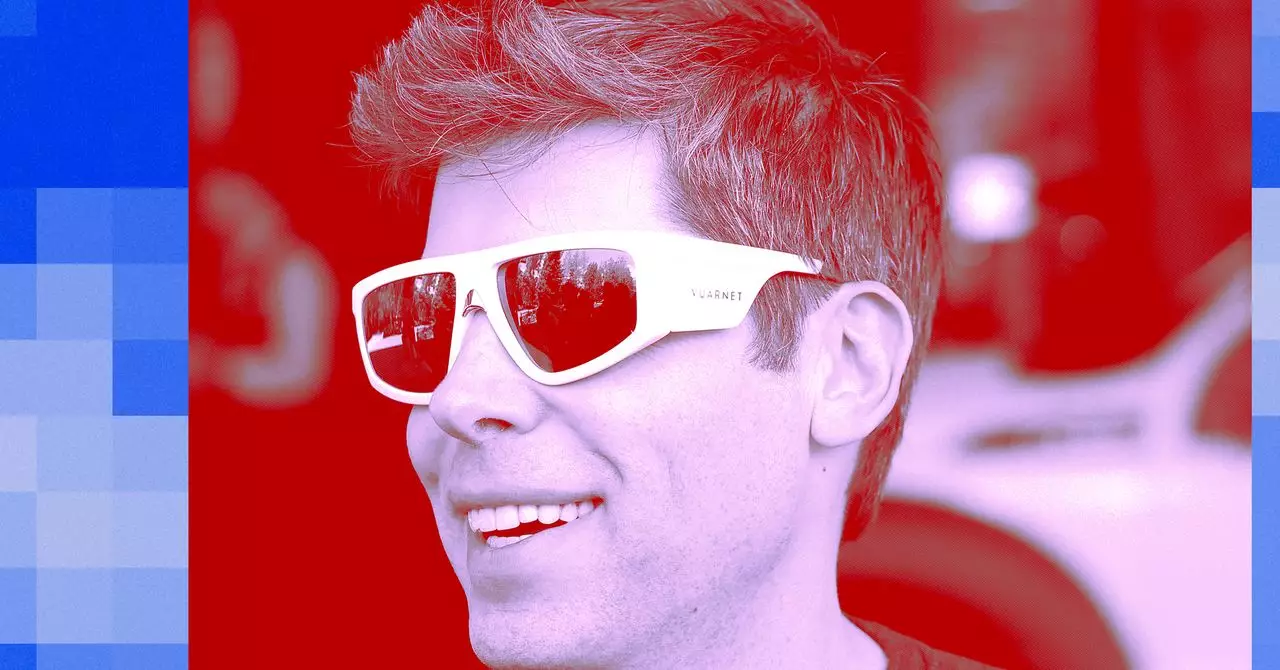In the rapidly evolving world of artificial intelligence, few agreements hold as much weight—and risk—as The Clause. Emerging from a deal between tech giant Microsoft and OpenAI, this contractual clause is not just a legal safeguard; it represents a potential pivot point that could reshape how humanity interacts with superintelligent machines. When I first learned about The Clause through Satya Nadella’s cryptic remarks, I sensed the magnitude of its implications. What I initially saw as a mere contractual footnote has since revealed itself as a lever that determines whether powerful AI innovations remain accessible to the world or are locked behind a potential gatekeeper.
At its core, The Clause embodies the delicate, and perhaps perilous, balance of technological progress and corporate control. It’s not just about profit margins or business strategy; it’s about the fundamental control over a technology that could potentially surpass human intelligence—what many refer to as Artificial General Intelligence (AGI). This gatekeeping mechanism is rooted in the premise that once OpenAI’s models hit certain thresholds, they are authorized to cut off Microsoft’s access entirely. This contractual break-up signals a profound shift in corporate dominance and raises difficult questions about the future of AI development.
Deciphering the Anatomy of The Clause
While the fine print remains officially non-public, insiders reveal The Clause has three defining parts, each with significant consequences. The first condition hinges on OpenAI’s declaration that its models have achieved AGI—an autonomous system capable of outperforming humans at most economically valuable work. Such a declaration is inherently fuzzy, leaving room for subjective interpretation. The ambiguity gives OpenAI broad discretion to claim AGI status, especially since the board alone makes this judgment. The risk? Premature claims that could inflate the value of their technology prematurely or, worse, stifle competition and innovation.
The second condition is equally ambiguous but critical: the models must demonstrate “sufficient AGI,” defined as capable of generating profits exceeding $100 billion. Importantly, OpenAI doesn’t need to have realized this revenue—only the ability to convincingly argue that it will. The conundrum here lies in the vagueness of “sufficient,” which essentially grants OpenAI significant leeway in determining when they meet this criterion. Meanwhile, Microsoft’s role is limited to accepting or disputing the claim—an open invitation for legal battles and strategic negotiation. This nebulous language introduces a dangerous level of uncertainty; it’s a ticking time bomb where the stakes are control over potentially world-changing technology.
The third part of The Clause underscores the ultimate power dynamic: if OpenAI declares the models have achieved “sufficient AGI,” Microsoft is cut out entirely. It loses access to current and future models, relegating Microsoft to outdated technology and severely limiting their influence. This provision hints at a future scenario where the company that initially funded and supported the development of AGI could be rendered obsolete overnight—a scenario that’s both fascinating and terrifying.
Implications of the Contract: Who Truly Holds the Power?
This contractual setup infuses the AI arms race with a new layer of high-stakes diplomacy and strategic leverage. On the surface, it appears to favor openness because the clause is designed with safeguards—yet lurking in the shadows are the ambiguities that could lead to monopolistic control. The question is, who benefits most from such a clause?
To Microsoft, The Clause presents a dual-edged sword. While its investments could reap the rewards of early access to revolutionary AI, it also risks being left behind if OpenAI claims to have reached AGI first. This risk introduces a tension that could lead Microsoft to push aggressively for clearer definitions and perhaps even renegotiation—especially as competition heats up among tech giants eager to dominate the AI landscape.
From OpenAI’s perspective, the clause offers both freedom and a potential trap. Achieving AGI could be the culmination of years of research, but the vague standards put a cloud of uncertainty over when and how they declare success. The possibility of a legal dispute or sudden cutoff creates a paradox: the very document that grants them pioneering freedom could be used as a weapon against them.
Beyond the companies, society faces profound risk. If AGI technology becomes locked behind contractual thresholds designed around profit motives, the broader community might see a delay or restriction in access—possibly stifling innovation and risking a monopolistic hold on humanity’s most powerful technological achievement. The implications reach into ethical dilemmas, questions of safety, and the future of human-AI coexistence.
Power, Profit, and the Perilous Quest for Superintelligence
Ultimately, The Clause is more than a legal agreement; it’s a gamble with the future of AI and the balance of power in the tech industry. Its provisions encapsulate the heightening competition and the terrifying ambition of those striving to create superintelligent machines. The way this contract is negotiated and enforced will influence whether humanity benefits from a new era of technological marvels or faces unforeseen consequences of unfettered corporate control.
In my view, The Clause illustrates the increasingly dangerous game of playing god with artificial intelligence. Who controls the gatekeepers—be they corporations or governments—will dictate whether superintelligence becomes an empowering tool or a weapon of monopolistic dominance. As negotiations unfold, the world must scrutinize not just the legal language, but also the motives behind it, recognizing that in the race


Leave a Reply